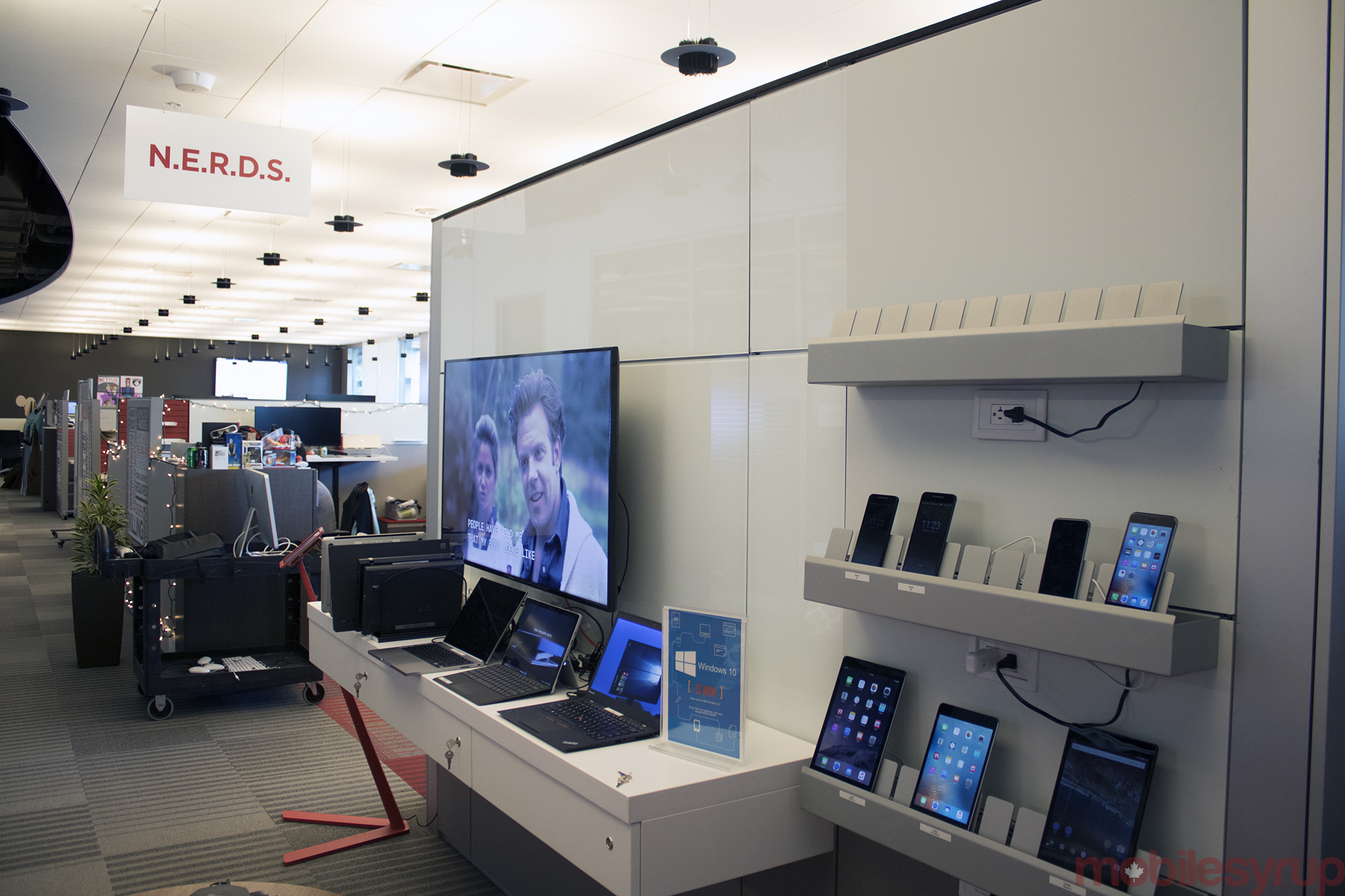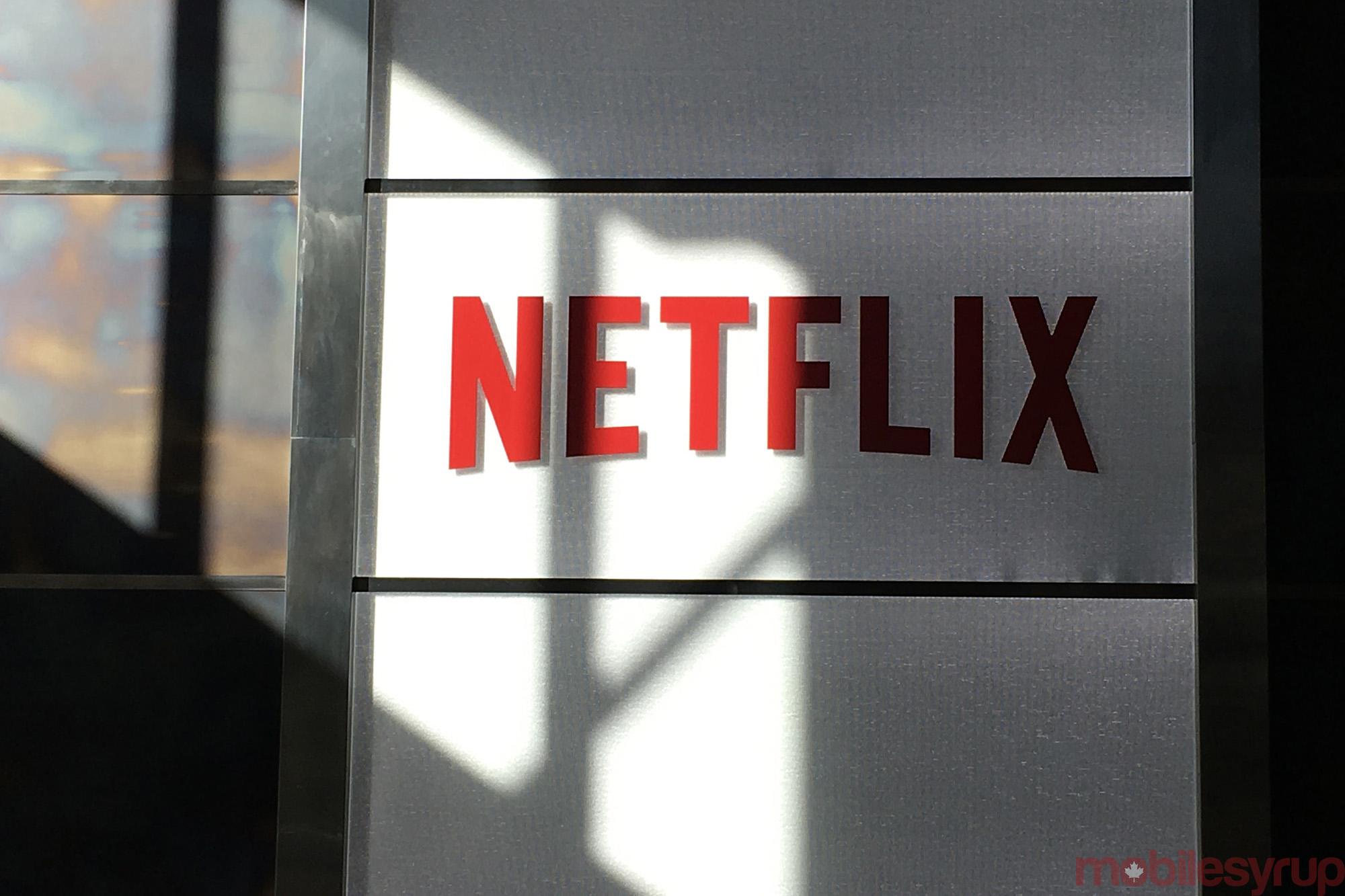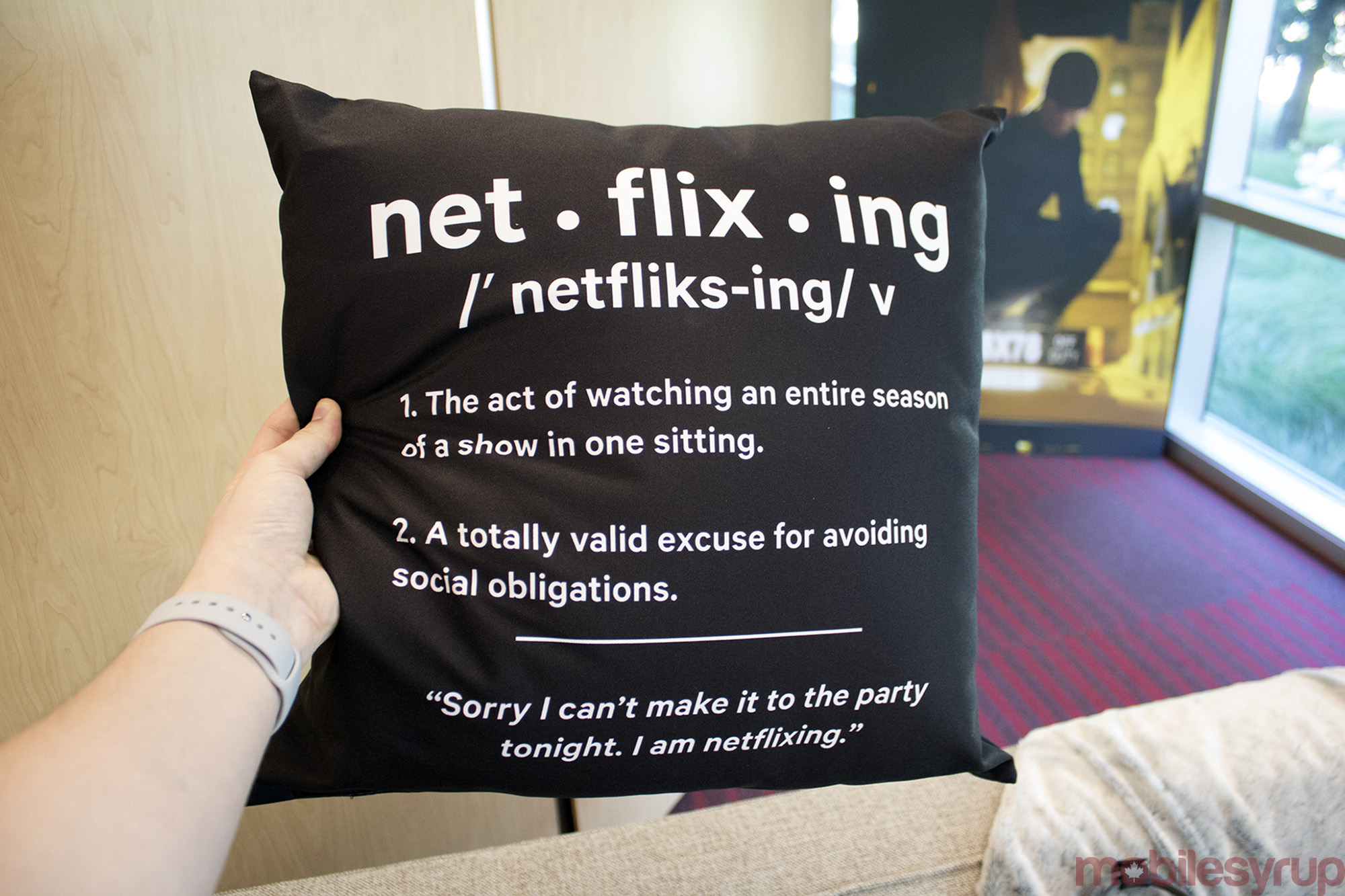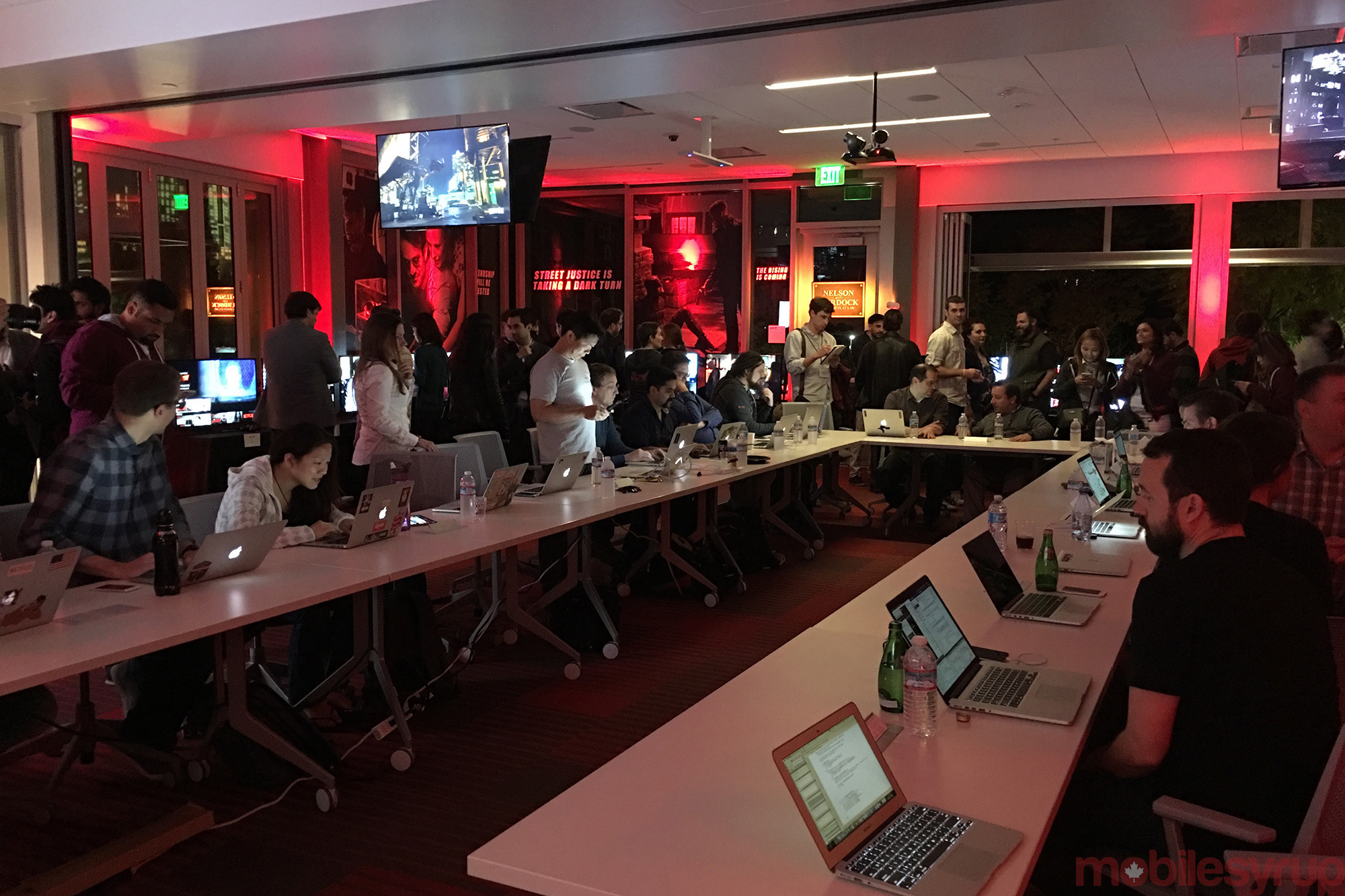
A few years ago, just as Netflix began to skyrocket in popularity, a surge of controversy erupted between the streaming platform and various internet service providers (ISPs) regarding what party is responsible for the plentiful amount of bandwidth the service engulfs on a minute to minute basis.
Then, when the service rolled out globally to 130 regions in January 2016, the network strain issue related to Netflix’s content delivery compounded significantly. Netflix, however, already has a comprehensive fix in place that helps its subscribers avoid the dreaded spinning buffering wheel of doom.
At the heart of Netflix’s solution is a box, which, to the average person, likely looks like a typical server. This rectangular wire and hard drive filled device, powers and pushes out Netflix’s content on an almost worldwide scale. This is how Netflix circumvents the massive amount of bandwidth its platform consumes, removing much of the network strain it initially caused ISPs, which sparked the network usage debate in the first place. To put the Netflix consumption situation in perspective, in total, Netflix streaming amounts to 33 percent of all internet traffic in North America.
At a recent demo day at the company’s head office in Los Gatos, California, Ken Florence, Netflix’s vice-president of content delivery, explained why these servers, which essentially replicate Netflix’s massive library in various regions of the world the platform deems “key network hubs,” are key to the “evolution of content distribution,” and are becoming increasingly important to the platform, especially following its recent global expansion.
According to Florence, Open Connect server boxes, which feature a proprietary system designed to move data off its various hard drives and onto a network as quickly as possible, help mitigate the network strain issues the streaming platform initially caused ISPs. The servers also apparently save money for internet service providers and improve stream quality for customers.
Florence says that from a delivery perspective, Open Connect allows Netflix to copy files once, season 2 of Daredevil, for example, and then redistribute this content in a given region, directly from that specific server. For example, Netflix recently launched in Australia, a water locked country, as a result, under sea cables are the only way for content to be delivered to the region. With Open Connect this is no longer an issue for the platform.
“We got the master files of Daredevil season 2. We transcoded them into a bunch of different bitrates and file formats… and then those files are copied just one time to a server in Australia. Then they’re redistributed throughout the continent through various networks [internet service providers],” said Florence.
Netflix says it provides ISPs with Open Connect server boxes, which cost between $10,000 USD and $20,000 USD, for free. In Canada, most major internet service providers reportedly take advantage of Open Connect given there is no downside to doing so. However, Netflix says it does not release specifics regarding which telecom companies utilize the servers, though it does release a monthly ISP speed comparison chart. 
“The total international capacity of the internet is 35TB right now, and our traffic is actually more than that,” said Florence. It’s not like all our traffic is international, so it’s not exactly an apples to apples comparison, but it puts the scale in perspective.”
Florence says that in order for Netflix to expand globally back in January of 2016, Open Connect infrastructure needed to be built in Hong Kong, Dubai, Singapore and Johannesburg, regions where a significant number of networks interconnect. Without this Open Connect expansion, delivering Netflix’s content to additional regions would have resulted in a drop in streaming quality and reliability.
“In terms of Netflix and the question of whether we can deliver from Miami to Chilli, we can. That’s because once you hit play, we immediately start buffering video into your playback buffer, and as long as we can keep ahead of how fast that buffer is playing out, you’ll have an uninterrupted experience.”
When specific content launches, Florence says the most interesting thing about Netflix’s rollout process is that even though one program may be extremely popular among Netflix subscribers, those users likely would have been watching content on the service anyway, resulting in the service’s network not being under additional strain.
“It’s not that we went from a lot of traffic to a little bit of traffic… My team makes sure that those files for Daredevil are on all the correct servers,” said Florence. “In a lot of cases we copy these files to every single server, we have to make sure that there is a good experience for that piece of content.”
On the mobile side of the spectrum, one of Netflix’s most significant regions of device growth, Florence says the company continues to work telecom providers, though in Canada, restrictive mobile data caps often become an issue for users interested in streaming Netflix on the go.
“We work a lot with mobile operators and there’s a lot of dialogue regarding how should mobile networks evolve in the future, it’s not just us. A lot of people are doing video. We’re an early user of a lot of video,” said Florence.
Netflix’s Open Connect serves 125 million hours a day from 1000 sever locations around the world.
Related reading: How Netflix’s reccomendation system knows exactly what you want to watch next
MobileSyrup may earn a commission from purchases made via our links, which helps fund the journalism we provide free on our website. These links do not influence our editorial content. Support us here.







